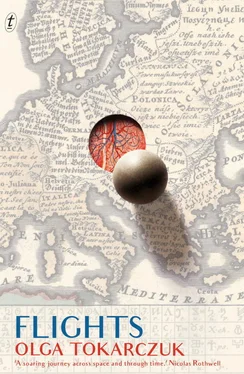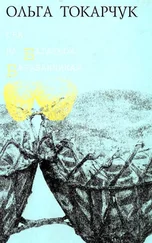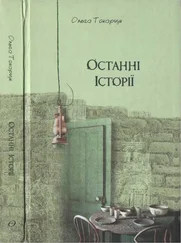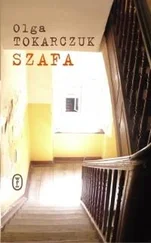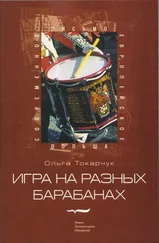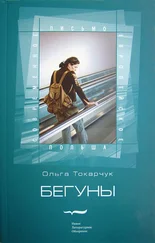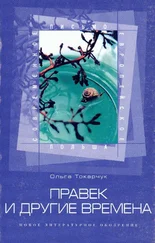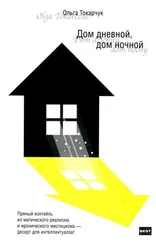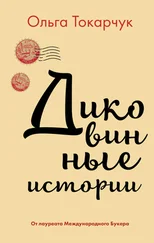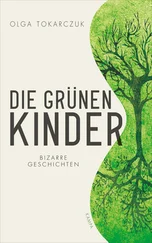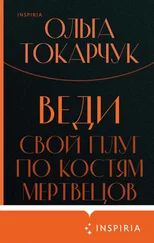What a methodology! It is tacitly assumed that people don’t know themselves, but that if you furnish them with questions that are smart enough, they’ll be able to figure themselves out. They pose themselves a question, and they give themselves an answer. And they’ll inadvertently reveal to themselves that secret they knew nothing of till now.
And there is that other assumption, which is terribly dangerous – that we are constant, and that our reactions can be predicted.
The chronicles of my travels would in fact be chronicles of an ailment. I suffer from a syndrome that can easily be found in any atlas of clinical syndromes and that – at least according to the literature – occurs with greater and greater frequency. We had better take a peek at this old edition (published in the seventies) of The Clinical Syndromes , which is an encyclopaedia of syndromes of sorts. For me, it is also an endless source of inspiration. Is there anyone else who would dare to describe people as totalities, both objectively and generally? Who would employ with such conviction the notion of personality? Who would build up to a convincing typology of it? I don’t think so. The idea of the syndrome fits travel psychology like a glove. A syndrome is small, portable, not weighed down by theory, episodic. You can explain something with it and then discard it. A disposable instrument of cognition.
Mine is called Recurrent Detoxification Syndrome. Without the bells and whistles, its description boils down to the insistence of one’s consciousness on returning to certain images, or even the compulsive search for them. It is a variant of the Mean World Syndrome, which has been described fairly exhaustively in neuropsychological studies as a particular type of infection caused by the media. It’s quite a bourgeois ailment, I suppose. Patients spend long hours in front of the TV, thumbing at their remote controls through all the channels till they find the ones with the most horrendous news: wars, epidemics and disasters. Then, fascinated by what they’re seeing, they can’t tear themselves away.
The symptoms themselves are not dangerous, allowing one to lead a normal life as long as one is able to maintain some emotional distance. This unfortunate syndrome cannot be cured; science is reduced in its case to the regretful constatation of its existence. When, sufficiently alarmed by their own behaviour, patients end up in the offices of psychiatrists, they’ll be told to try healthier living – giving up coffee and alcohol, sleeping in a well-ventilated room, gardening, weaving or knitting.
My set of symptoms revolves around my being drawn to all things spoiled, flawed, defective, broken. I’m interested in whatever shape this may take, mistakes in the making of the thing, dead ends. What was supposed to develop but for some reason didn’t; or vice versa, what outstretched the design. Anything that deviates from the norm, that is too small or too big, overgrown or incomplete, monstrous and disgusting. Shapes that don’t heed symmetry, that grow exponentially, brim over, bud, or on the contrary, that scale back to the single unit. I’m not interested in the patterns so scrutinized by statistics that everyone celebrates with a familiar, satisfied smile on their faces. My weakness is for teratology and for freaks. I believe, unswervingly, agonizingly, that it is in freaks that Being breaks through to the surface and reveals its true nature. A sudden fluke disclosure. An embarrassing oops, the seam of one’s underwear from beneath a perfectly pleated skirt. The hideous metal skeleton that suddenly pops out from the velvet upholstery; the eruption of a spring from within a cushioned armchair that shamelessly debunks any illusion of softness.
I’ve never been a big fan of art museums, which I would happily exchange for cabinets of curiosities, where collections are comprised of the rare, the unique, the bizarre, the freakish. The things that exist in the shadows of consciousness, and that, when you do take a look, dart out of your field of vision. Yes, I definitely have this unfortunate syndrome. I’m not drawn to centrally located collections, but rather to the smaller places near hospitals, frequently moved down to basements since they’re deemed unworthy of prized exhibition spots, and since they suggest the questionable tastes of their original collectors. A salamander with two tails, face up in an oblong jar, awaiting its judgement day – for all the specimens in the world will be resurrected in the end. A dolphin’s kidney in formaldehyde. A sheep’s skull, a total anomaly, with double sets of eyes and ears and mouths, pretty as the figure of an ancient god with a dual nature. A human fetus draped in beads and a label in careful calligraphy saying ‘ Fetus aethiopis 5 mensium ’. Collected over the years, these freaks of nature, two-headed and no-headed, unborn, float lazily in formaldehyde solution. Or take the case of the Cephalothoracopagus monosymetro , exhibited to this day in a museum in Pennsylvania, where the pathological morphology of a fetus with one head and two bodies calls into question the foundations of logic by asserting that 1 = 2. And lastly a moving culinary specimen: apples from 1848, resting in alcohol, each of them odd, abnormally shaped. Evidently there was someone who recognized that these freaks of nature were owed immortality, and that only what is different will survive.
It’s this kind of thing I make my way towards on my travels, slowly but surely, trailing the errors and blunders of creation.
I’ve learned to write on trains and in hotels and waiting rooms. On the tray tables on planes. I take notes at lunch, under the table, or in the bathroom. I write in museum stairwells, in cafés, in the car on the shoulder of the motorway. I jot things down on scraps of paper, in notebooks, on postcards, on my other hand, on napkins, in the margins of books. Usually they’re short sentences, little images, but sometimes I copy out quotes from the papers. Sometimes a figure carves itself out of the crowd, and then I deviate from my itinerary to follow it for a moment, start on its story. It’s a good method; I excel at it. With the years, time has become my ally, as it does for every woman – I’ve become invisible, see-through. I am able to move around like a ghost, look over people’s shoulders, listen in on their arguments and watch them sleep with their heads on their backpacks or talking to themselves, unaware of my presence, moving just their lips, forming words that I will soon pronounce for them.
Each of my pilgrimages aims at some other pilgrim. In this case the pilgrim is in pieces, broken down.
Here, for instance, is a collection of bones – but only bones that have something wrong with them: curved spines and ribs in ribbons, taken out of what must have been equally deformed bodies, treated, desiccated, and even varnished. There is a little number by each bone to help the viewer locate a description of the illness in a directory that has long since ceased to exist. What kind of durability, after all, does paper have in comparison with bone? They should have written right along the spine.
And here you have a femur that some curious person sawed open lengthwise, in order to take a peek at what was hidden inside. Said person must have been disappointed with the result, because they then tied the two halves together with hemp string and put the femur back in the showcase, their mind already elsewhere.
The showcase holds several dozen people with no relation to one another, separated from each other by space and time – now in such a beautiful resting place, spacious and dry, well-lit, and condemned to eternity in a museum. They must be the envy of those bones that got stuck in eternal wrestling matches with the earth. But aren’t there some among them – the bones of Catholics, perhaps – that worry as to how they will get found on Judgement Day, as to how, dispersed as they are, they’ll be able to build back those bodies that committed sins and did good deeds?
Читать дальше
